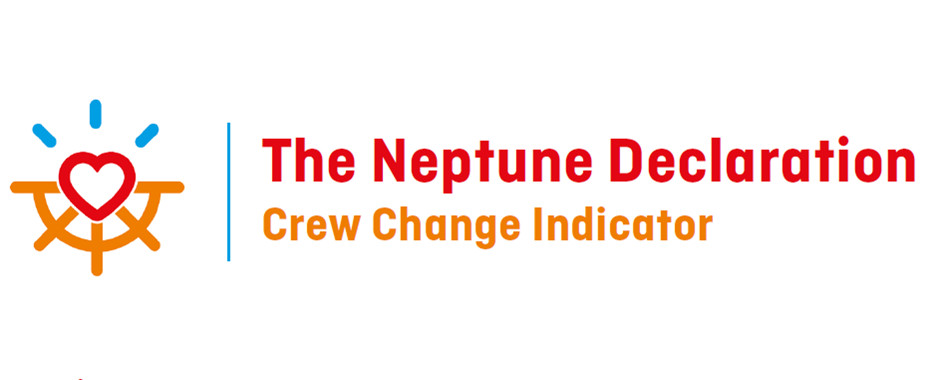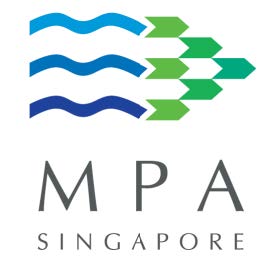 Increasing infection rates in key crew source countries and stricter crew-change protocols in major crew-change hubs are seen as main drivers for delayed and complicated crew changes.
Increasing infection rates in key crew source countries and stricter crew-change protocols in major crew-change hubs are seen as main drivers for delayed and complicated crew changes.
The Neptune Declaration Crew Change Indicator is based on data from top 10 ship managers and aims to provide up-to-date information on the impact of the crew change crisis as well as the way it evolves.
Following the first Neptune Declaration Crew Change Indicator in May 2021, the second Indicator is published today. The June Neptune Declaration Crew Change Indicator shows that the number of seafarers onboard vessels beyond the expiry of their contract of employment has risen since the May Indicator from 5.8% to 7.4%, which corresponds to a 24.1% relative increase. The number of seafarers onboard vessels for over 11 months has decreased from 0.8% to 0.4%, corresponding to a 50% relative decrease. The Maritime Labour Convention states that the maximum continuous period a seafarer should serve on board a vessel without leave is 11 months.
“Unfortunately, the increase in seafarers onboard vessels beyond the expiry of their contract is not unexpected. The negative development is driven by the rise in Covid-19 cases in important seafaring nations, such as India, Pakistan, Sri Lanka, Bangladesh and the Philippines, and subsequently increased restrictions in major seafaring hubs. Information from the ship managers also indicates seafarers continue to have limited vaccine access, which would be a critical step forward to resolve the issue,” says
Kasper Søgaard, Head of Research at Global Maritime Forum.
The Neptune Declaration Crew Change Indicator builds on aggregated data from 10 leading ship managers: Anglo- Eastern, Bernhard Schulte, Columbia Shipmanagement, Fleet Management (FLEET), OSM, Synergy Marine, Thome, V.Group, Wallem, and Wilhelmsen Ship Management, which collectively have about 90,000 seafarers currently onboard.
The contributing ship managers have, as part of the reporting, also highlighted the following key developments that have impacted crew-changes in the past month:
The Neptune Declaration Crew Change Indicator is published once a month and builds on aggregated data provided by the ship managers to the Global Maritime Forum. The data is used to calculate a weighted average of the percentage of seafarers who have been onboard vessels beyond the expiry of their contract of employment as well as a weighted average of the percentage of seafarers who have been onboard vessels for over 11 months. As top ship managers are making significant efforts – and are often better placed – in facilitating crew changes, the Neptune Declaration Crew Change Indicator cannot be used directly to calculate the full numbers of seafarers impacted by the crew change crisis.
The second report of the Neptune Declaration Crew Change Indicator can be found
here.
The opinions expressed herein are the author's and not necessarily those of The Xinde Marine News.
Please Contact Us at:
media@xindemarine.com


 Baltic Exchange launches new Fuel Equivalence Conve
Baltic Exchange launches new Fuel Equivalence Conve  21 Consecutive Years of QUALSHIP 21 Recognition for
21 Consecutive Years of QUALSHIP 21 Recognition for  MPA and Wärtsilä Renew Partnership to Drive Marit
MPA and Wärtsilä Renew Partnership to Drive Marit  MPA and Dalian Maritime University Renew Partnershi
MPA and Dalian Maritime University Renew Partnershi  PSA INTERNATIONAL, DNV AND PACIFIC INTERNATIONAL LI
PSA INTERNATIONAL, DNV AND PACIFIC INTERNATIONAL LI  INTERCARGO Reaffirms Call for Simplicity as IMO Cli
INTERCARGO Reaffirms Call for Simplicity as IMO Cli